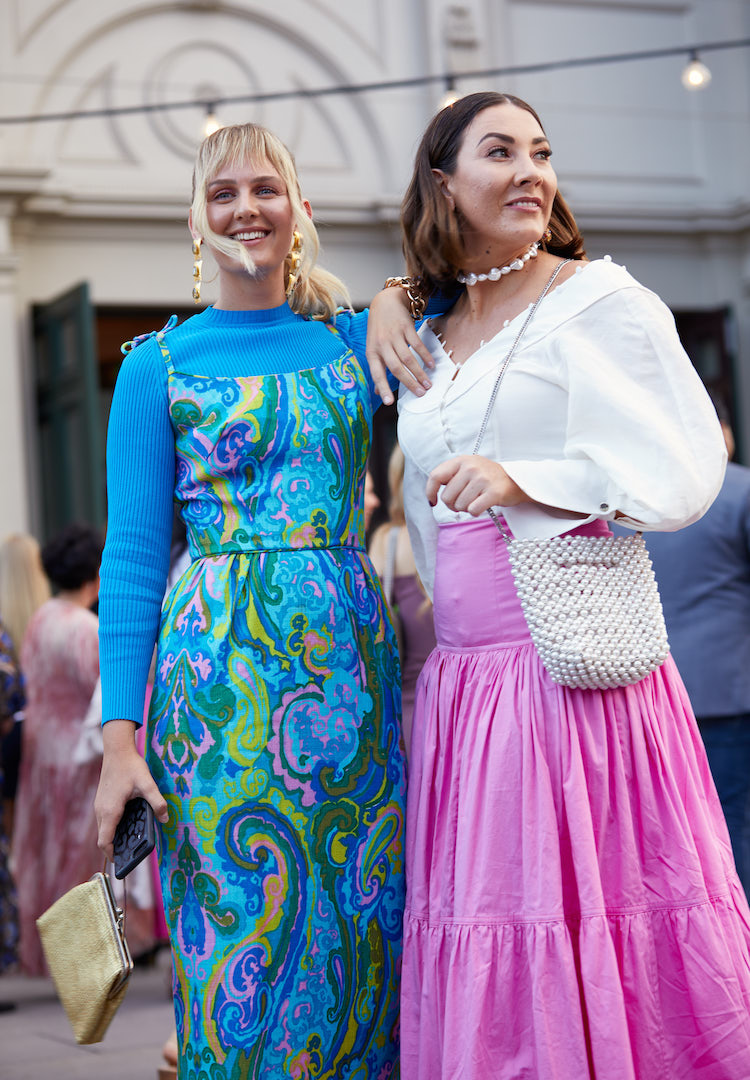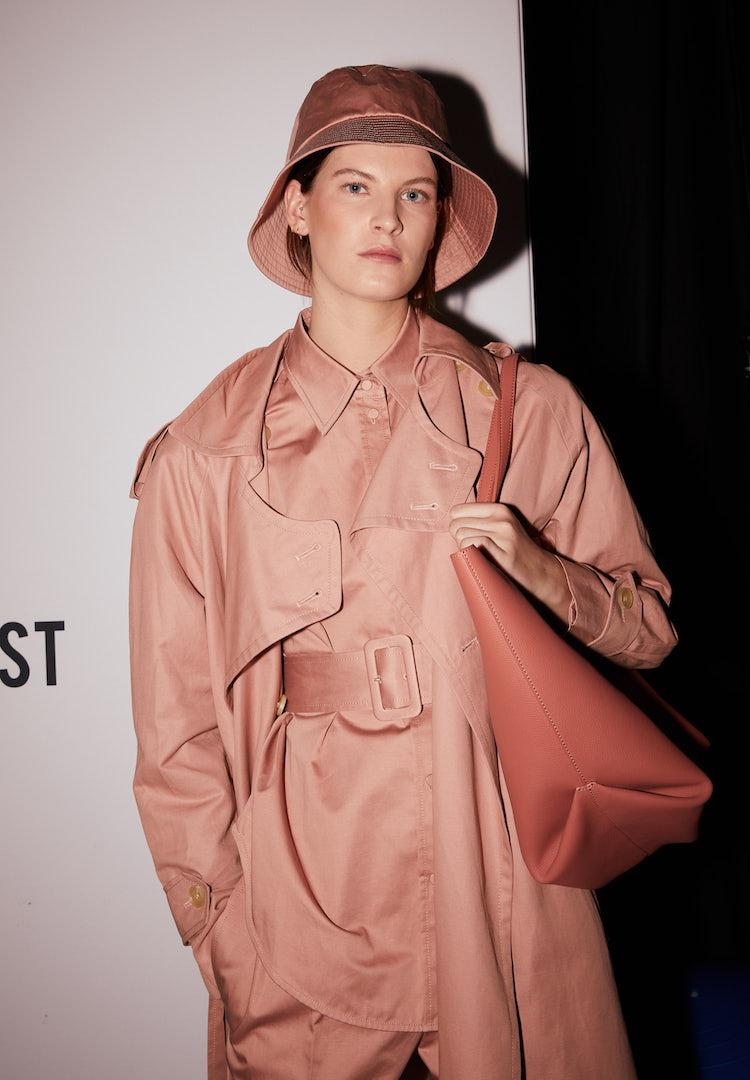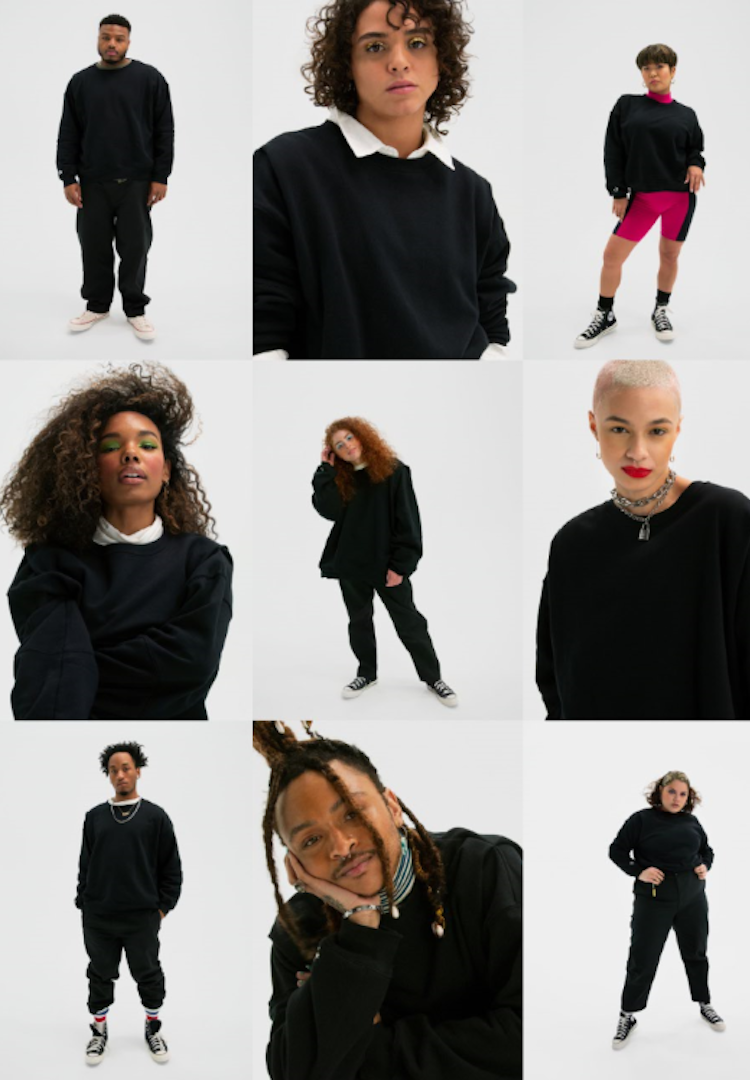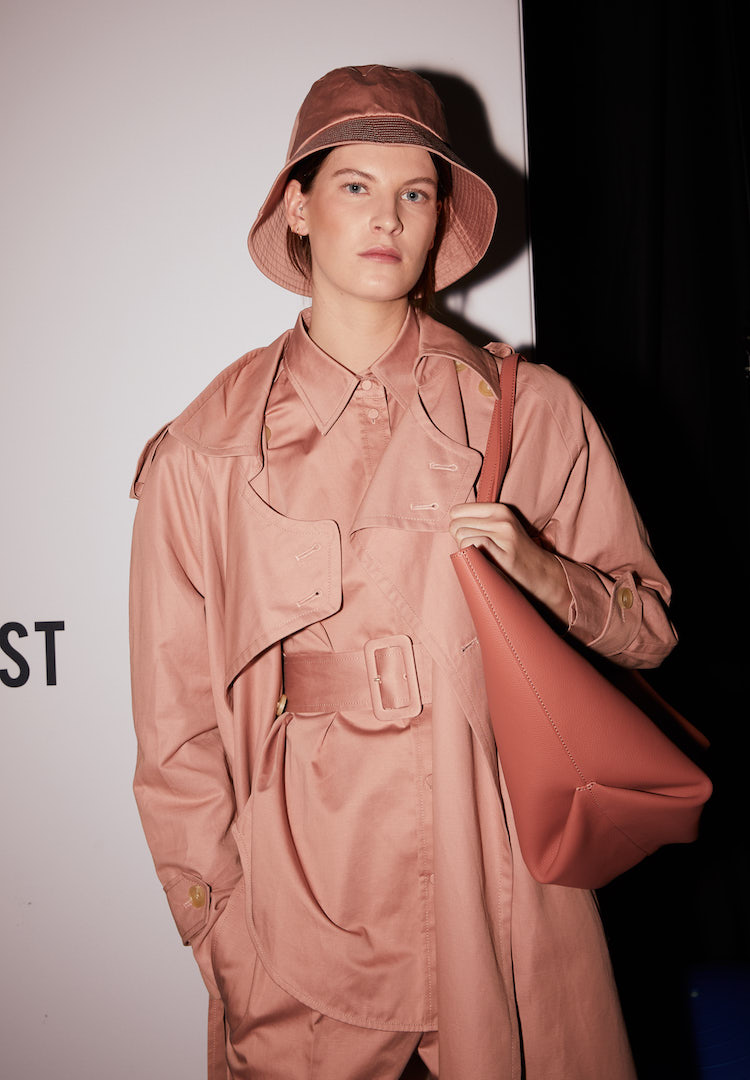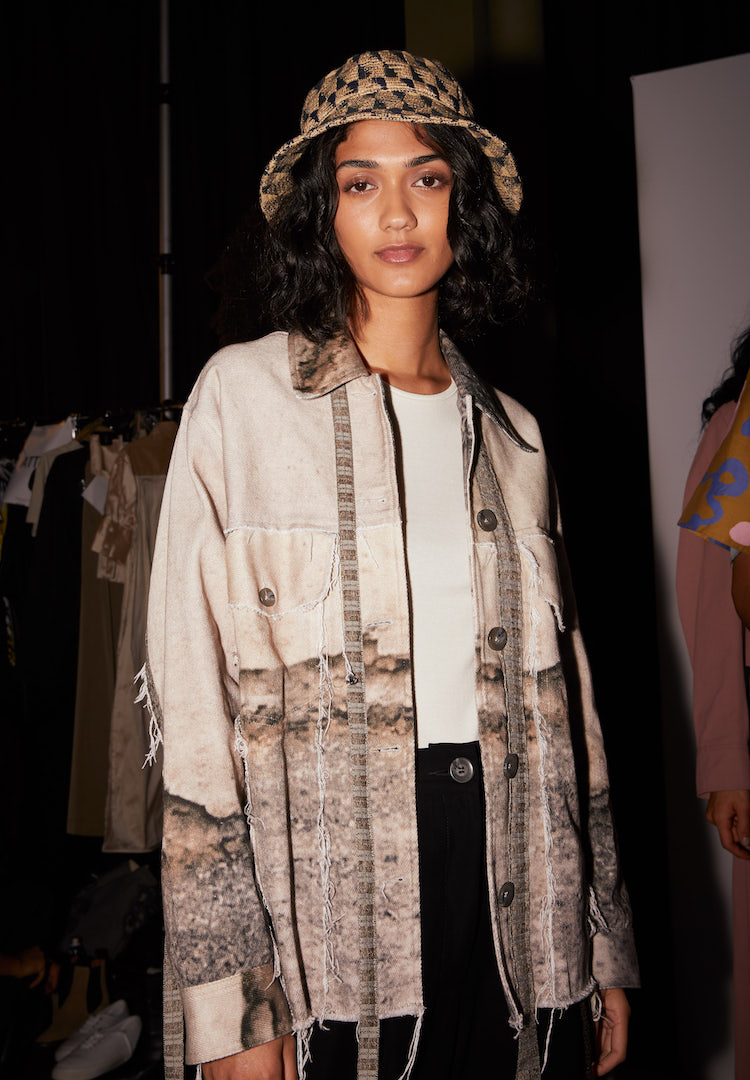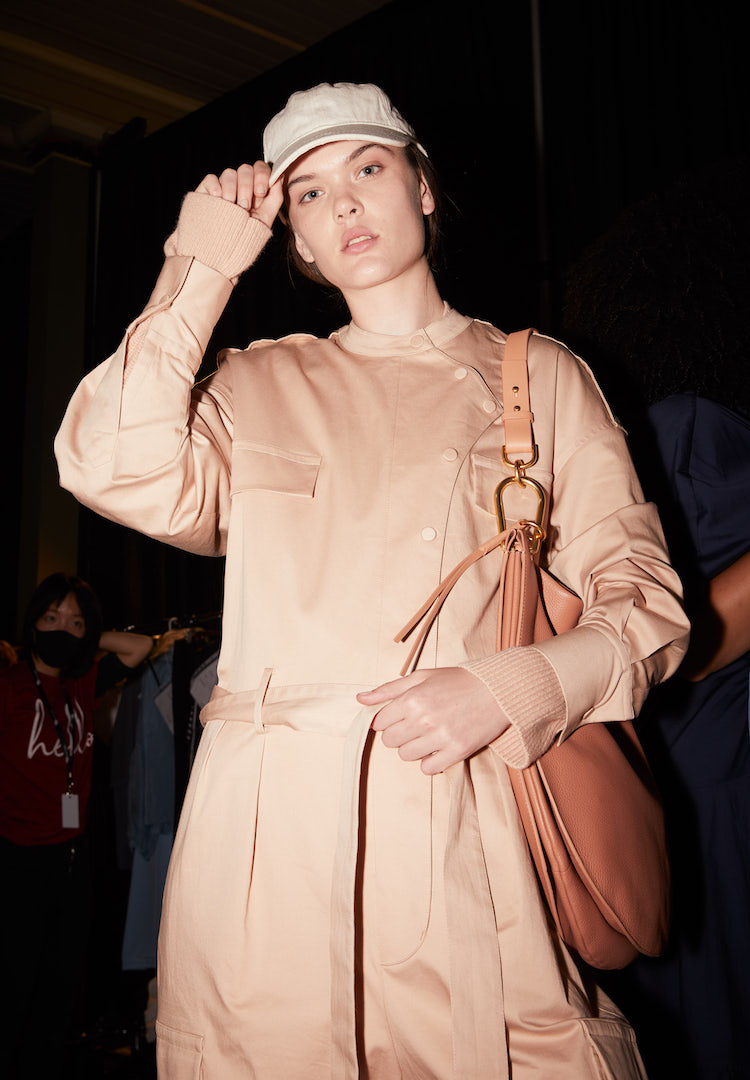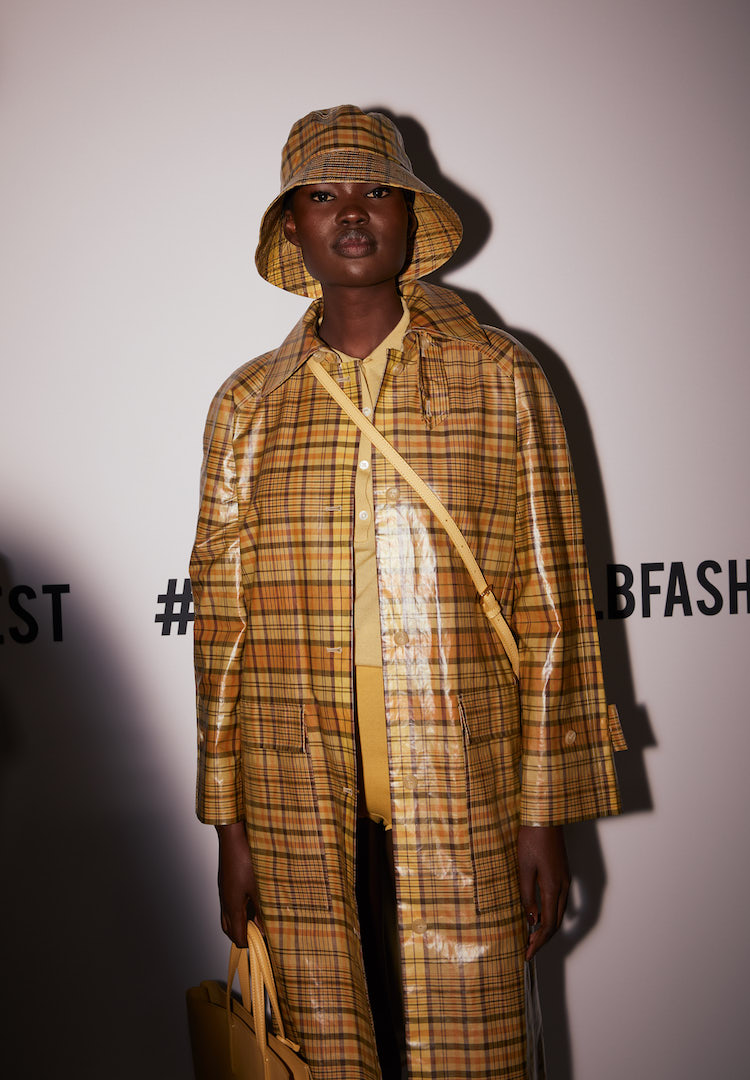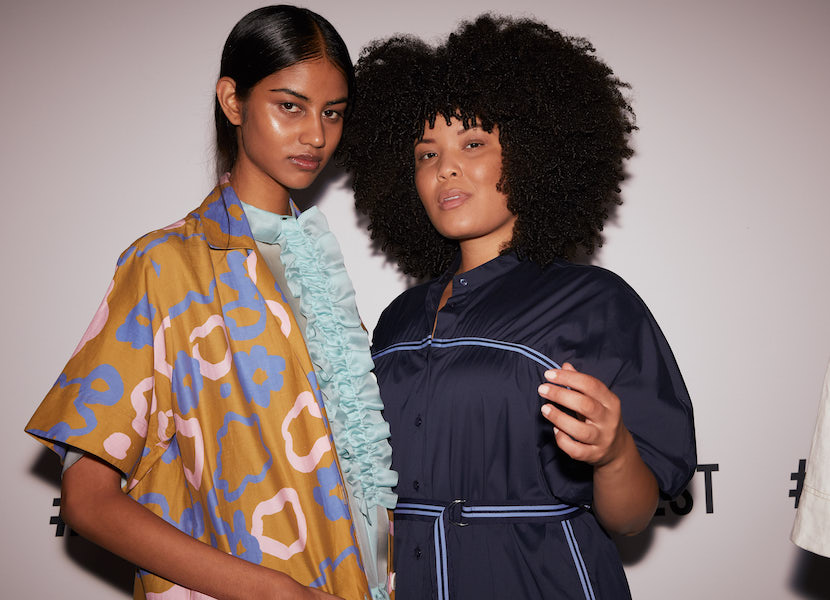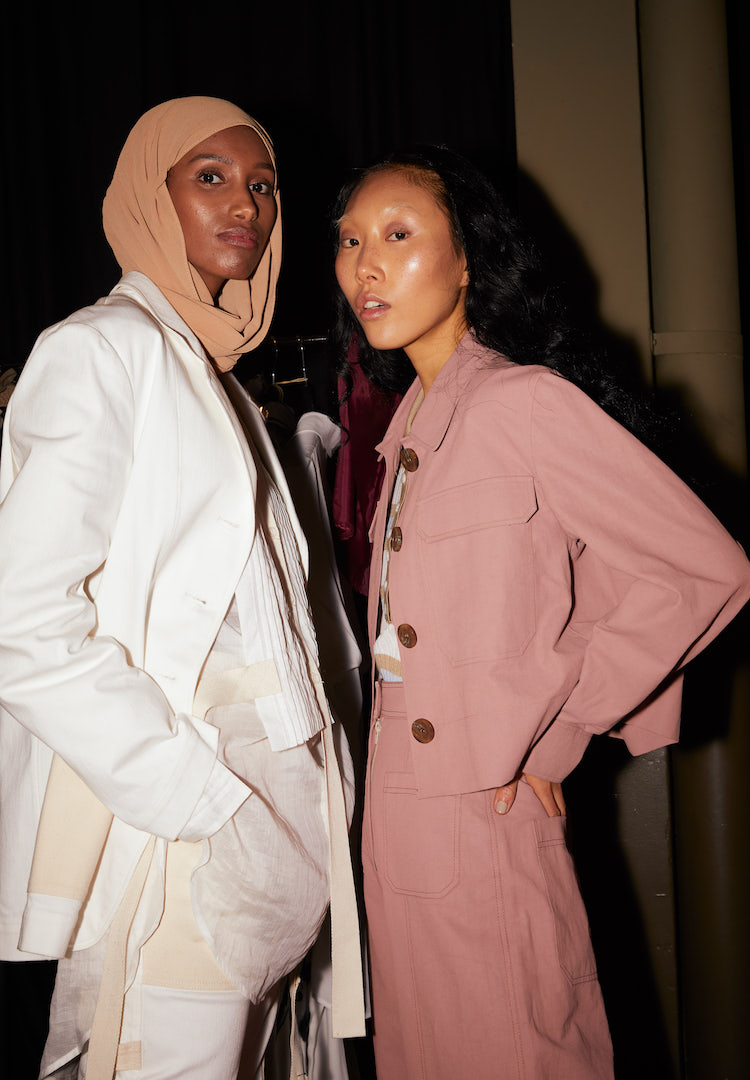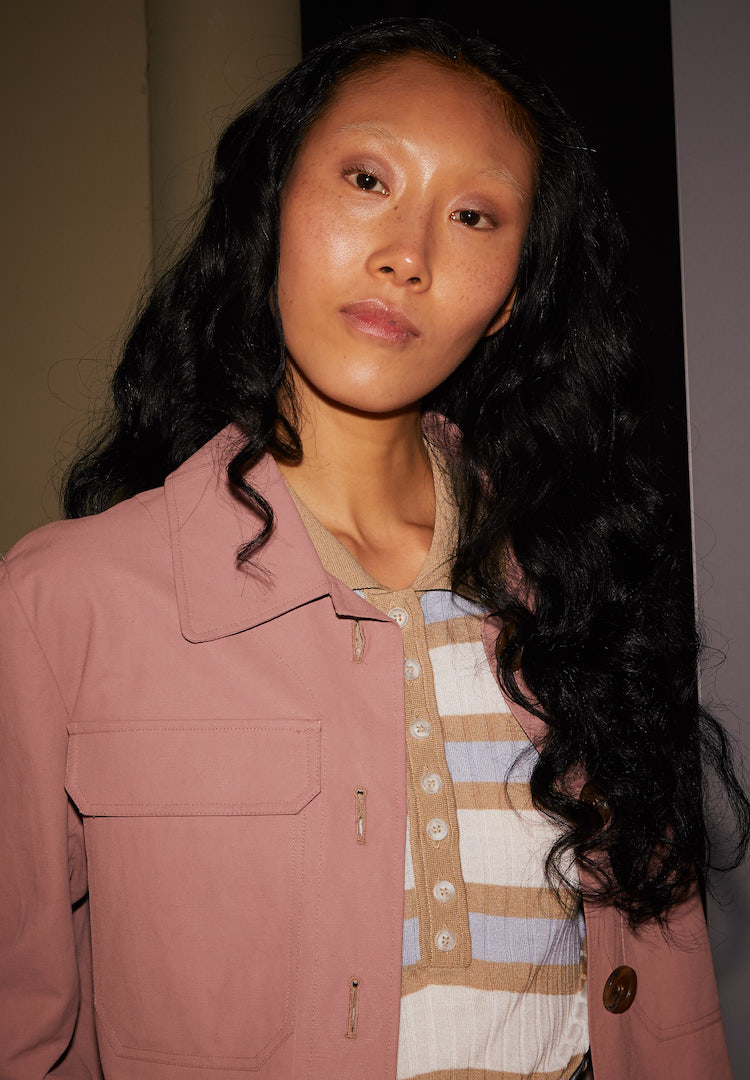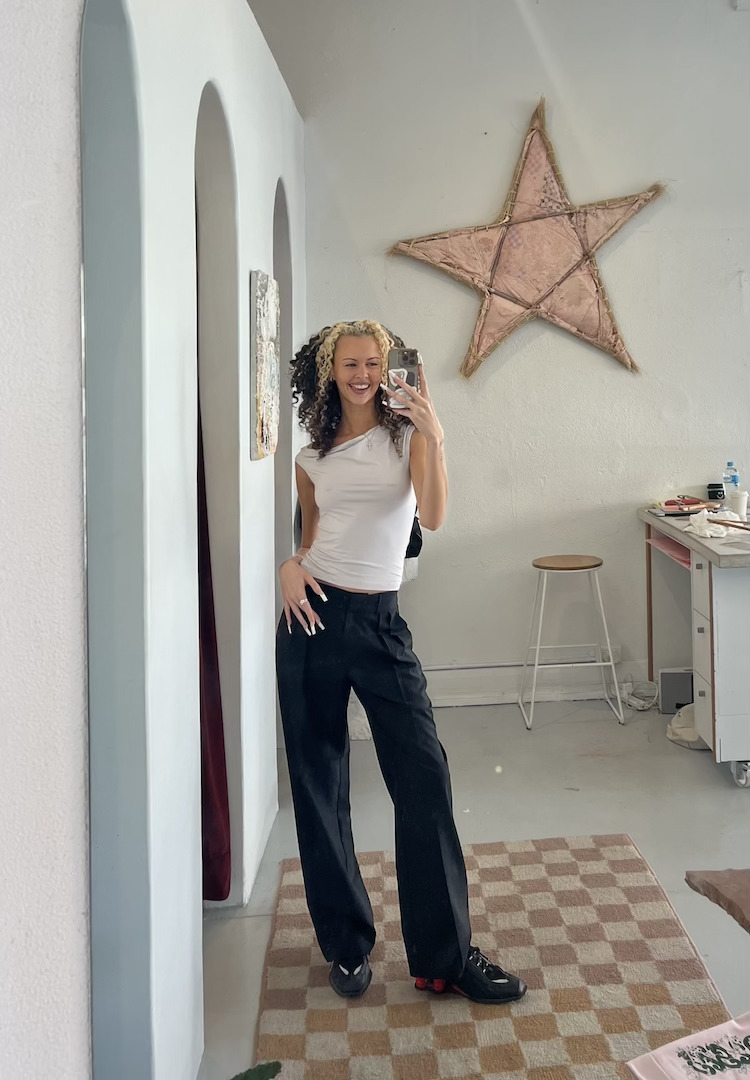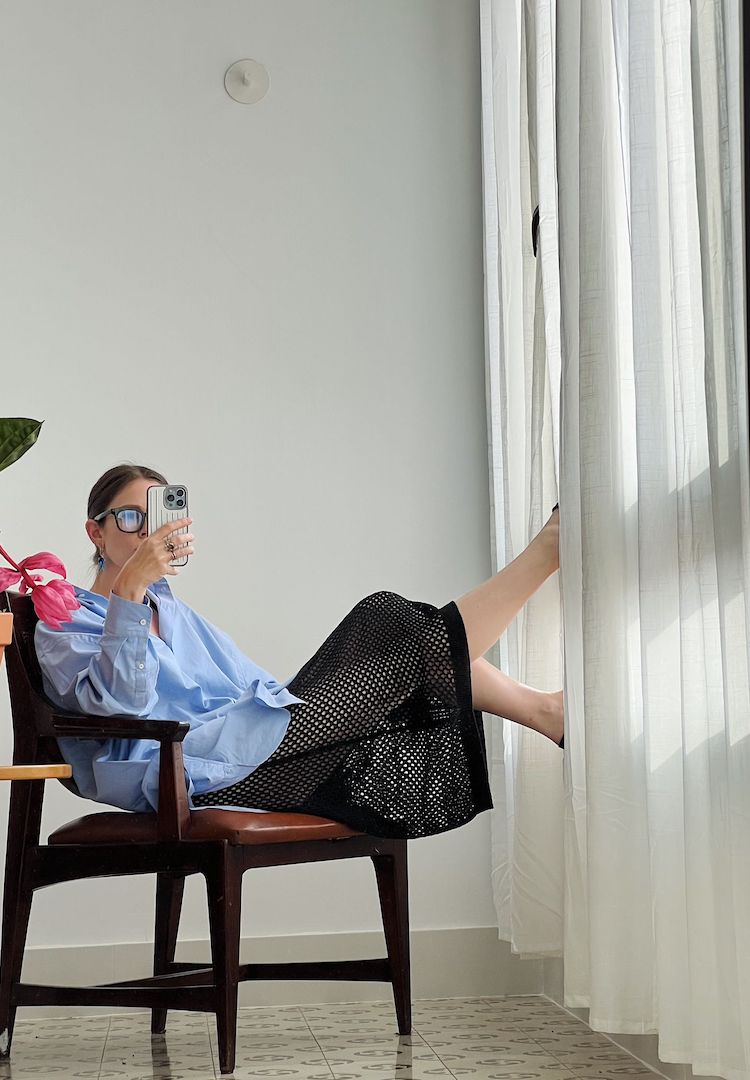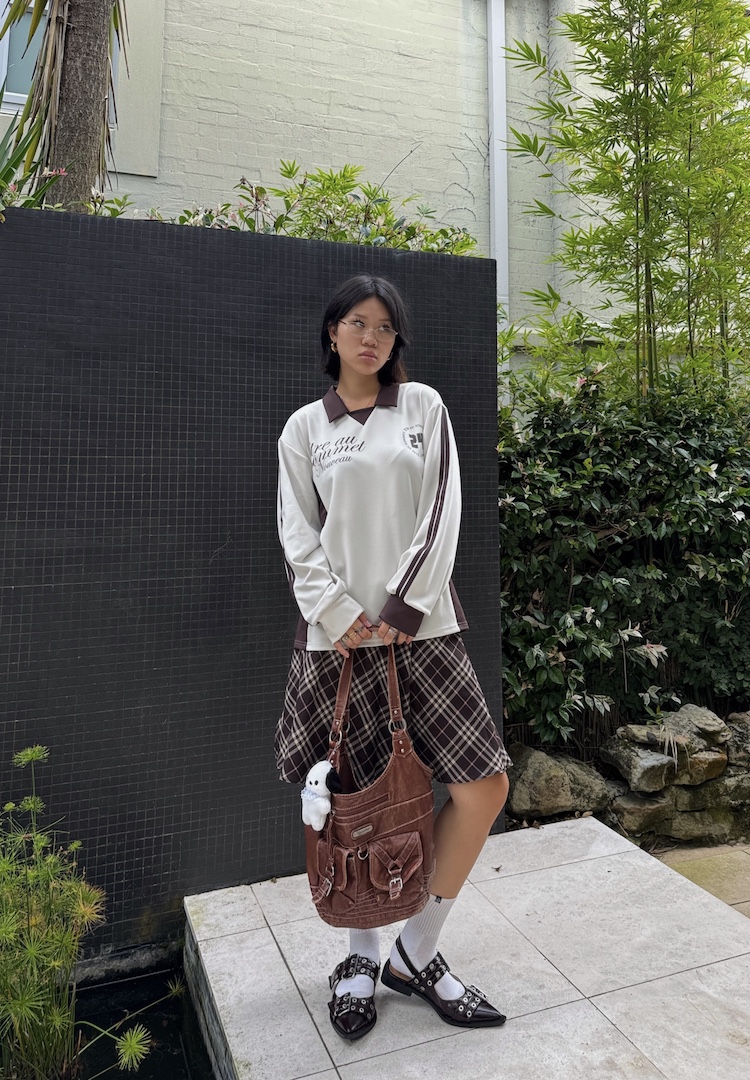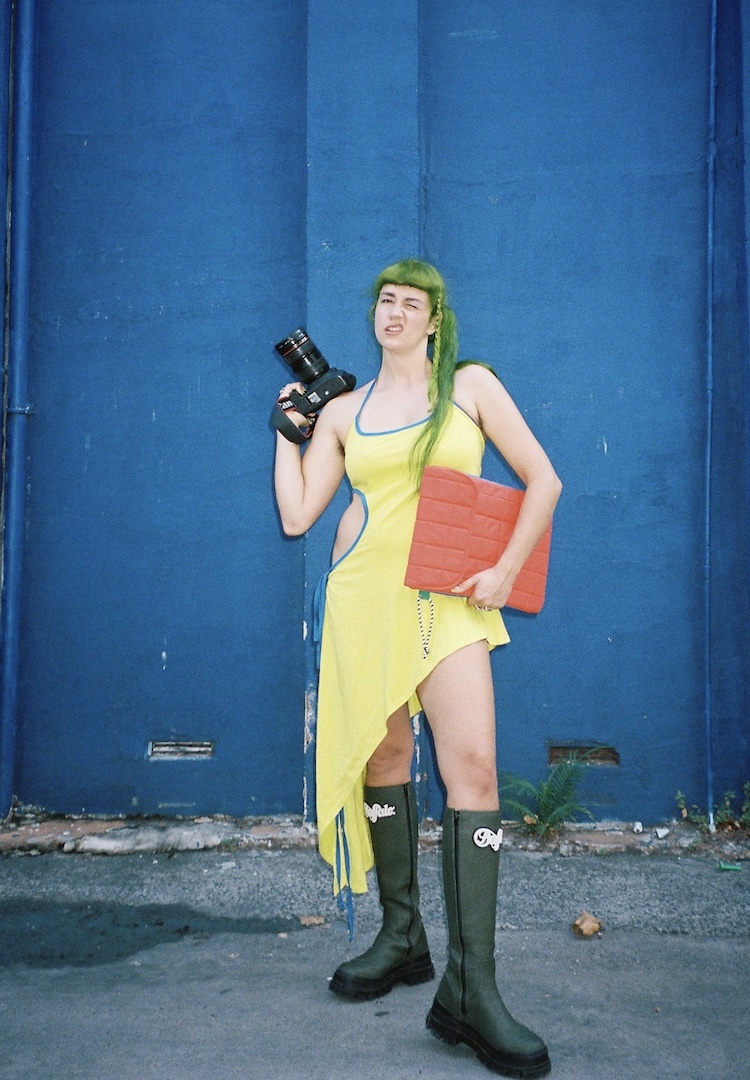Workwear is the biggest trend of 2020 and here’s proof
PHOTOGRAPHY BY KAMILLA MUSLAND
WORDS BY HELENA BAMMANT
Recapping VAMFF’s Runway 2.
If you’re even the slightest bit engaged with what’s happening in fashion at the moment, you’ve likely noticed the surgence of workwear as a trend. I say surgence (which yes, is a made-up word) over resurgence because unlike other similar trends that cycle around and around over decades, this is the first time workwear has broken free from the uniform of physical labour and firmly established itself as a trend.
Wraparound sunnies once-ubiquitous only on construction sites continue to be en vogue, Dickies is huge, and we’ve somehow found ourselves dressing up like tradies. At the other end of the spectrum, real workwear is pivoting to be more fashion-conscious.
But the proof of just how all-encompassing this trend has become in 2020 was evident at last night’s Virgin Australia Melbourne Fashion Festival Runway 2, presented by Vogue Australia. Styled by Vogue’s own Pip Moroney, it was probably the fanciest we’ll ever see tradie fashion.
A collection of Australian designers delivered the trend across everything from military-style streetwear to high tea-appropriate gowns, showing that there really are no rules when it comes to workwear appropriation. Unanticipated seasonal colours popped next to Melbourne’s uniform of black, black and more black, making for a contrast of the best kind.
Welcomed first onto the runway, Oroton was a standout. Blowing the cobwebs off of an era marked by struggle, the label proved it is well and truly back at the forefront of Australian fashion as an army of utilitarian jackets, boxy blazers, suit pants and shirts marched down the runway. Creative director Sophie Holt highlighted the brand’s heritage and craftsmanship by implementing a quiet colour palette that let the detail do the talking.
Petite bucket hats and military boots were the icing on the cake. The biggest applause ought to go to a rebirth of yellow via a chic check trench coat, also doubling up as a rain mac – the yellow plaid pattern was reminiscent of a certain ensemble worn by Alicia Silverstone from Clueless.
Newcomer to the VAMFF scene Song for the Mute (SFTM) was far from shy, offering an extensive collection of ultramodern basics in a safari-inspired palette. With models looking like they walked straight off the set of Jurassic Park, the rustic streetwear approach worked well. The styling was impeccable, showing how a pair of black trousers can be the pinnacle of an outfit and how we shouldn’t afraid to keep it simple.
I was shocked to then see the brand do a complete 180, delivering a mash-up of texture and tone. The layering of these looks was a standout, and the brand’s signature unrefined textures ultimately gave leverage for this. Each look featured a utility-style jacket crafted in SFTM’s notorious raw tailoring.
Bassike’s collection was a salute to all things secretly feminine. The brand has always brought a tomboyish spin to feminine dressing, but this collection demanded additional attention. The introduction of cinched waists, frills and balloon sleeves was an experimental success in the women’s workwear trend, bringing a new softness we’ve not seen from others embracing the trend.
Alongside the brand’s traditional loose shapes, paper bag shorts and tailored jackets, designer Deborah Sam’s playful approach found a way to link relaxed workwear with hybrid colours, showing how Bassike can truly work in any environment.
Relative newcomer White Story showcased its already-established signature, with elevated cotton separates in refined, clean cuts. Yet alongside these sat utilitarian shapes and a boilersuit, which proves that even the most Toorak among us are engaging with the workwear trend.
Perhaps the only exception to this is Macgraw, who politely declined to participate in the trend. In what felt like an unexpected invitation to the Mad Hatter’s tea party, the label instead presented all things frilly and lace. Its set closed with a candy pink tulle dress, embroidered with ostrich feathers.
Styled with little lace gloves and chunky Dr. Martens sandals, it proved sister duo Beth and Tessa know exactly what they’re doing when it comes to rustling some feathers.
Lee Mathews followed, bringing the utility trend back into focus with a modest and fresh collection. The appeal of workwear is that it doesn’t date, and Mathews always delivers with a well-designed range of thoughtful and functional pieces.
Designed as building blocks for a functional wardrobe, the collection stripped fashion down to the essence of what we really want – a shirt, a flattering pair of pants and a shift dress.
Up next was Bianca Spender, following in her mother Carla Zampatti’s footsteps with a timeless collection emphasising the importance of quality fabric. Sharp pleats and suiting delivered classic silhouettes dominated by satin wools.
Offering a fresh approach to her loyal following, the introduction of lace and an autumn palette drew audible ‘oohs’ and ‘ahs’ from the crowd.
Strateas Carlucci closed the show and was a clear crowd favourite. Blurring the binary of men’s and women’s clothing, we saw a new approach to the workwear trend. On offer was a cross-contamination of streetwear and a sort of neo-luxury (there was a lot of leather and a lot of sexiness, something I was not expecting from funnel necks and long sleeves).
Ultimately, an oversized tie-dye vegan leather trench stole the show. The only thing stopping me from making it mine is the $1000 price tag (mind you, it’s totally worth it).

